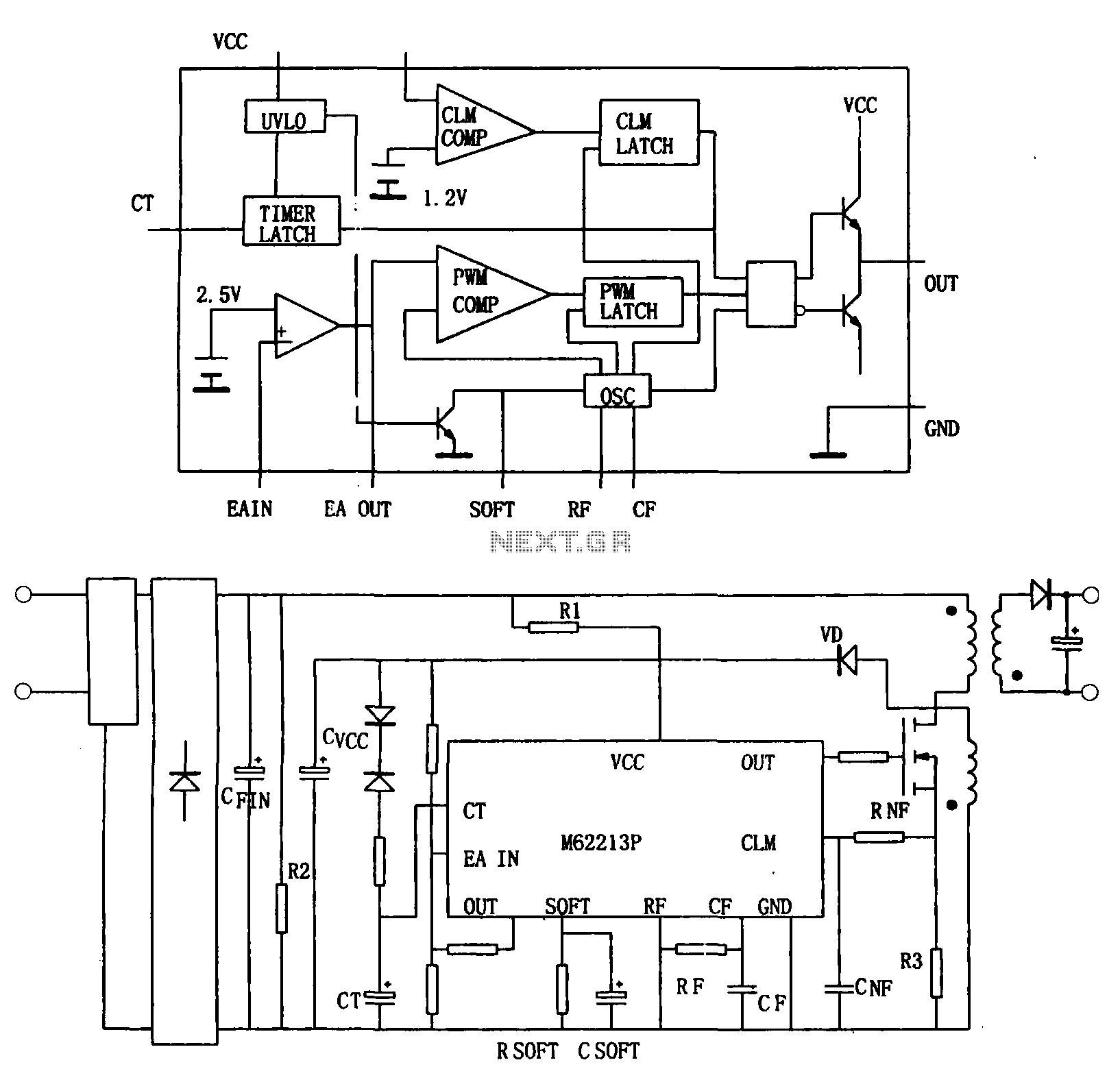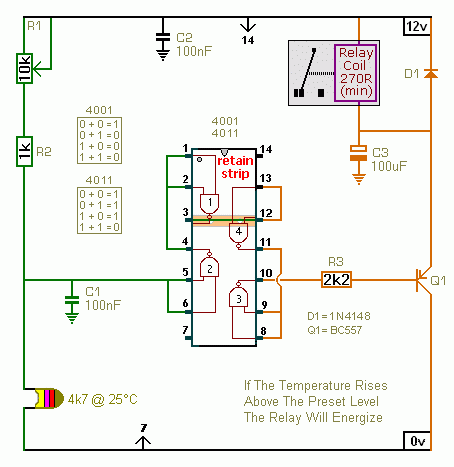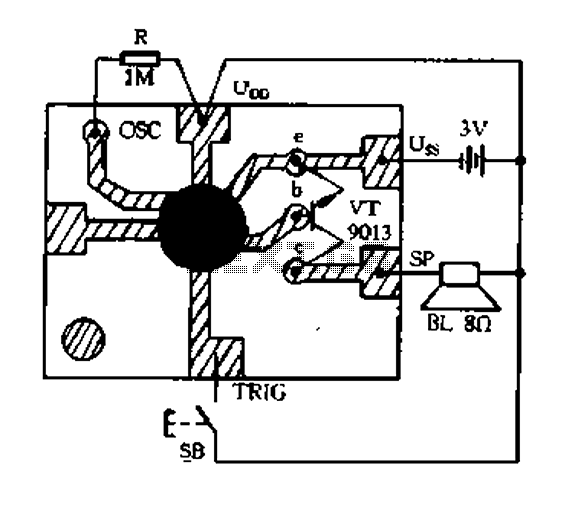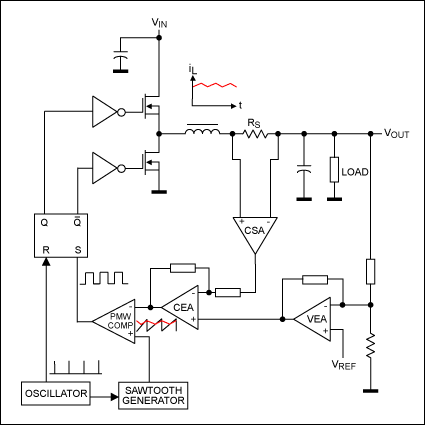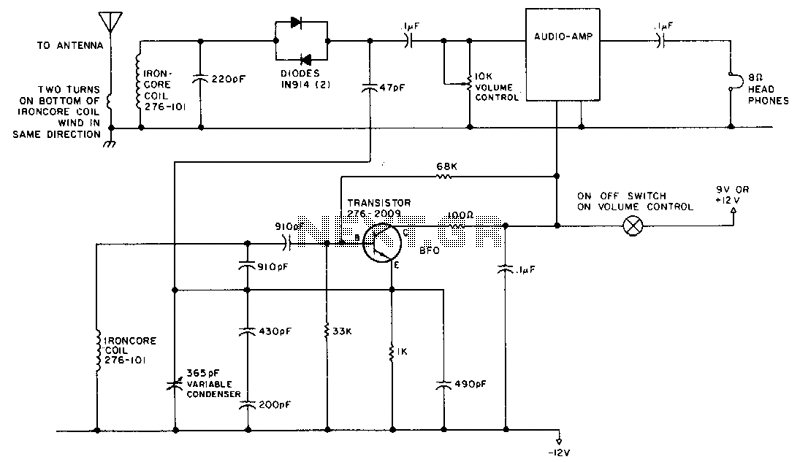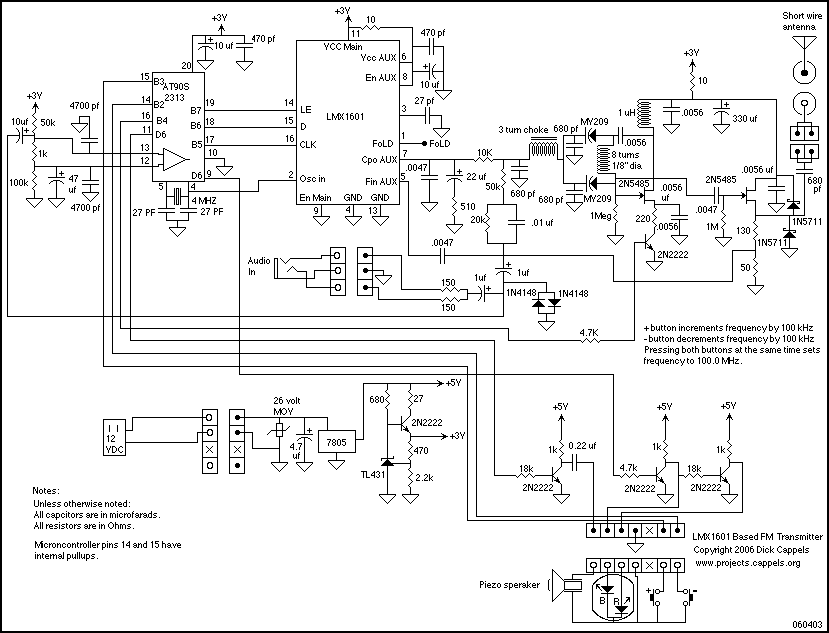
IR Remote Control Receiver
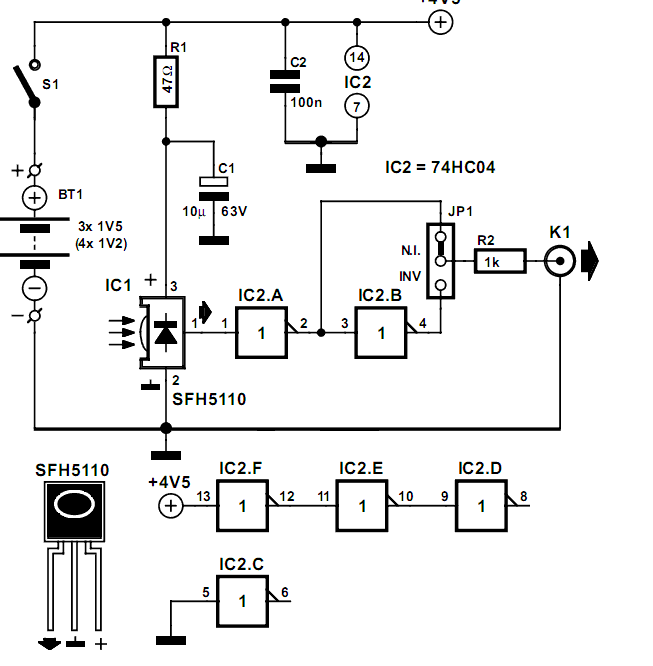
Many audio systems consist of separate units, and due to economic reasons, only the amplifier is equipped with a remote control receiver module.
In audio system designs where components are split into separate units, it is common for only the amplifier to feature a remote control receiver module. This design choice is often driven by cost considerations, as integrating remote control functionality into every component can significantly increase the overall expense of the system.
To implement a remote control system effectively, the amplifier typically includes an infrared (IR) receiver that can interpret signals from a remote control device. The IR receiver is connected to the amplifier's microcontroller, which processes the signals and executes commands such as adjusting volume, changing input sources, or powering the unit on and off.
For systems where additional components, such as CD players or tuners, require remote control capabilities, a workaround can be established. By using a universal remote control, users can program the amplifier to relay commands to other components via discrete control signals, often utilizing a combination of wired connections and additional IR emitters placed in front of each unit.
This configuration allows for a streamlined user experience, enabling control of multiple audio sources from a single remote while maintaining a cost-effective design. In addition, systems can be enhanced with features like programmable macros, which allow users to execute a series of commands with a single button press, further simplifying operation.
Overall, the inclusion of a remote control receiver in the amplifier serves as a central hub for controlling an entire audio system, making it a practical solution for many users while balancing functionality and cost.With many audio systems consisting of separate units, you ll often ?nd that due to economic reasons only the amplifier has a remote control receiver modul.. 🔗 External reference
In audio system designs where components are split into separate units, it is common for only the amplifier to feature a remote control receiver module. This design choice is often driven by cost considerations, as integrating remote control functionality into every component can significantly increase the overall expense of the system.
To implement a remote control system effectively, the amplifier typically includes an infrared (IR) receiver that can interpret signals from a remote control device. The IR receiver is connected to the amplifier's microcontroller, which processes the signals and executes commands such as adjusting volume, changing input sources, or powering the unit on and off.
For systems where additional components, such as CD players or tuners, require remote control capabilities, a workaround can be established. By using a universal remote control, users can program the amplifier to relay commands to other components via discrete control signals, often utilizing a combination of wired connections and additional IR emitters placed in front of each unit.
This configuration allows for a streamlined user experience, enabling control of multiple audio sources from a single remote while maintaining a cost-effective design. In addition, systems can be enhanced with features like programmable macros, which allow users to execute a series of commands with a single button press, further simplifying operation.
Overall, the inclusion of a remote control receiver in the amplifier serves as a central hub for controlling an entire audio system, making it a practical solution for many users while balancing functionality and cost.With many audio systems consisting of separate units, you ll often ?nd that due to economic reasons only the amplifier has a remote control receiver modul.. 🔗 External reference
